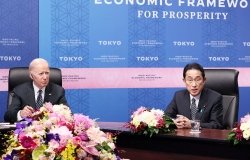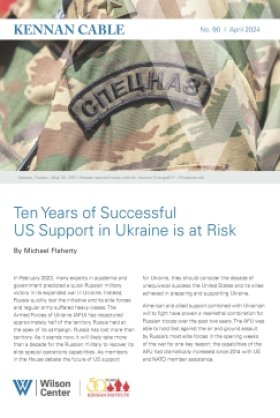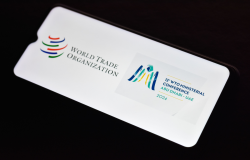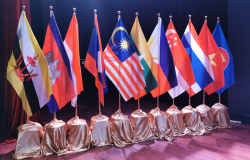Book Review: “The Belt and Road City: Geopolitics, Urbanization, and China’s Search for a New International Order” by Simon Curtis and Ian Klaus

Avigator Fortuner/Shutterstock.com
Simon Curtis and Ian Klaus write in their new book “The Belt and Road City: Geopolitics, Urbanization, and China’s Search for a New International Order” how the Belt and Road Initiative (BRI) has shaped infrastructure, and as such cities and urban structures, around the world following the 10th anniversary of the initiative.
Curtis and Klaus’ experience working on global cities – in the think tank sector, academia, and the government – provide invaluable insights on a unique, and often understudied, impact of China’s BRI. Instead of the Westphalian model of the ‘Global City’, which is built upon the “demarcation of national spaces and clear national borders” (Curtis and Klaus 184), the world is now experiencing the emergence of a new kind of city. This BRI city features increasingly connected urban centers and transportational corridors, especially in Eurasia and Africa, which spur economic activity in turn. By this ‘disposition’ of new infrastructure and urban forms, China is challenging the Western-led international system and order, as these urban structures allow economies and societies to be increasingly linked and transformed.
Both authors explain this BRI city as system of systems: from individual infrastructure to cities to urban corridors and at last, the international order as a whole. Through highlighting cases like the cities of Gwadar, Djibouti, and Kashgar, they paint a comprehensive picture of what role the BRI has played in urban transformation, whether that might be in surveillance technology installation or the building of an ecological civilization. Sub-national diplomacy has taken on a new role in the 21st century, with cities now being able to shape national and international agendas from green development to nuclear abolition.
With the BRI having been announced in 2014 in Astana by President Xi, Curtis and Klaus make a timely case for China’s reshaping of the international order through infrastructure and cities ten years later. In just a decade’s time, the world has seen a shift from traditional urban centers such as New York City, London, Berlin, and Paris to the formation and prevalence of new urban nodes. Their book provides a powerful analysis of the long-term implications of the BRI, which have only begun to emerge after years of continued Chinese investment and construction.
Looking ahead, Curtis and Klaus correctly identify that newly constructed city structures “extend agency beyond the future” (Curtis and Klaus 27). However, with a slowing of Chinese outbound investment through the BRI, what will be the future of the BRI city? It is uncertain yet how these new BRI cities will transform, and in turn shape global order, in the next decade and beyond.
About the Author
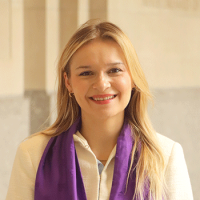

Wahba Institute for Strategic Competition
The Wahba Institute for Strategic Competition works to shape conversations and inspire meaningful action to strengthen technology, trade, infrastructure, and energy as part of American economic and global leadership that benefits the nation and the world. Read more


